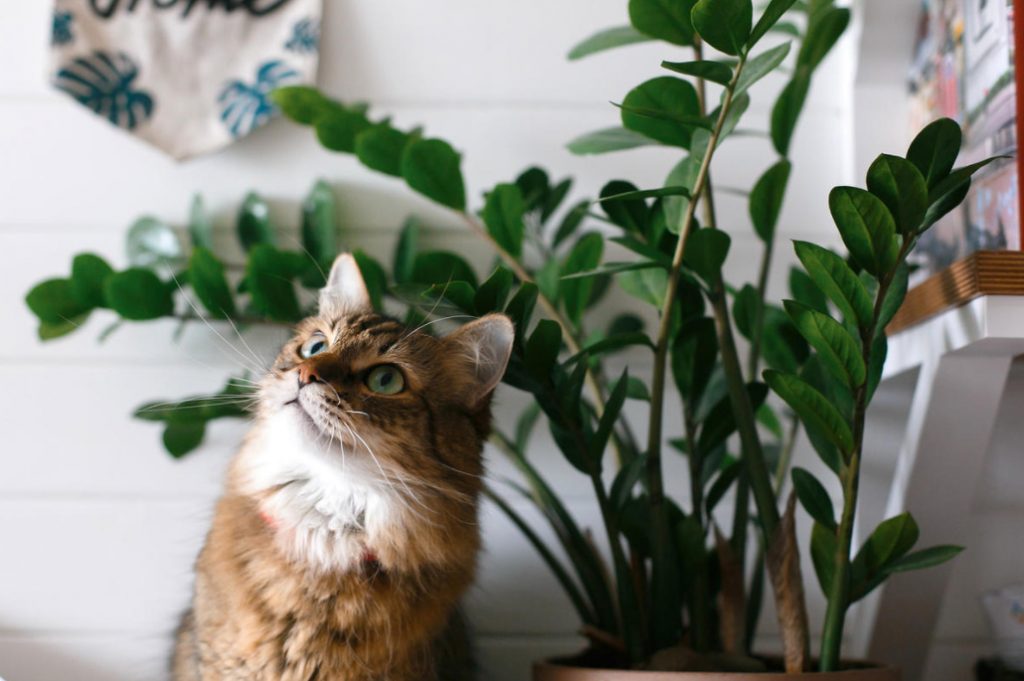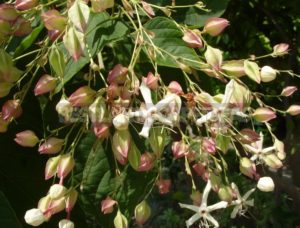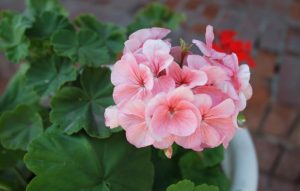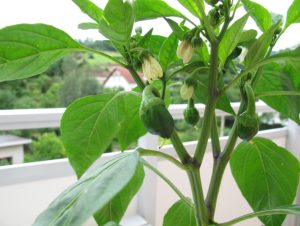Zamioculcas I have recently, but I managed to love it for its unpretentiousness and appearance. The people came up with a name for it-the dollar tree. Indeed, it is very similar to the money tree (Crassula). Although in all its characteristics, Zamioculcas is slightly larger and more massive.
Getting to know Zamioculcas
Zamioculcas is a monotypic genus of plants in the Araceae family, represented by the single species Zamioculcas zamiifolia. The flower is native to the desert expanses of tropical Africa, where it grows together with other succulent plants that can store moisture in fleshy stems, leaves and roots, which these plants use during drought.
Care for Zamioculcas
There are no special difficulties in caring for Zamioculcas. Here are the highlights.
- The temperature for keeping is moderate, preferably +16 in winter…+18°C, but not lower than +12°C. It is suitable for a bright place with diffused light.
- In the summer, I transfer the plant to fresh air — on the street, in the gazebo. In winter, I move it closer to the window.
- Watering prefers moderate from spring to autumn, but at the same time there should be no water left in the tray, but in winter watering is rare, the soil should dry well until the next one. Zamioculcas is easier to tolerate some over-drying than stagnation of water in the soil — this can lead to root rot and the formation of stem rot.
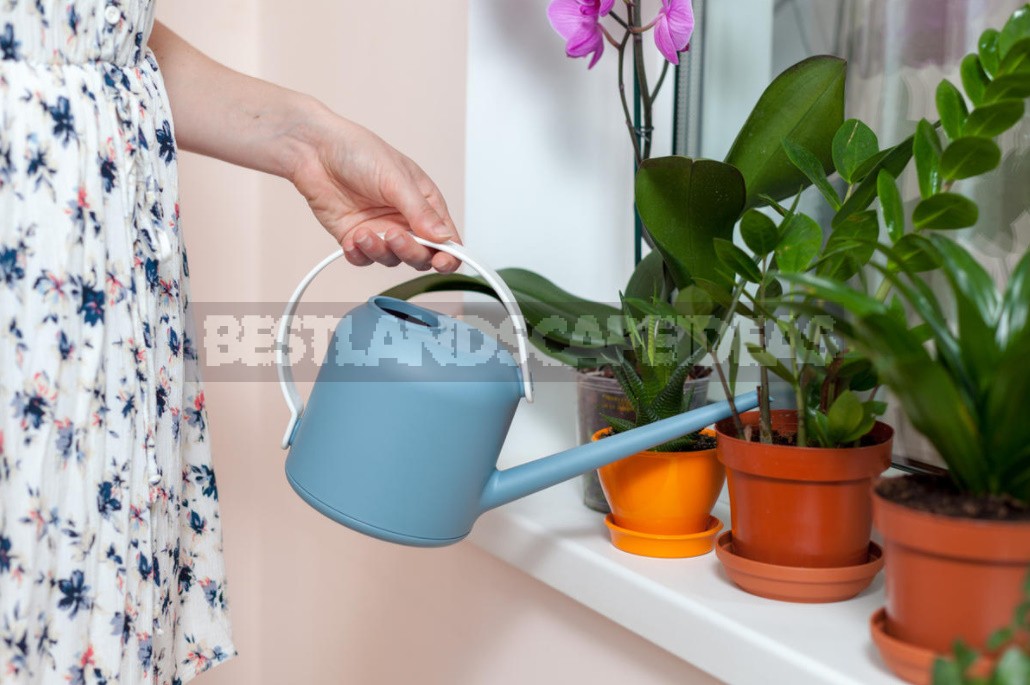
- Zamioculcas does not require spraying the leaves, but sometimes I arrange for it to be washed so that the plant does not get dusty and lose its attractiveness. In summer, outdoor rain washes are sufficient.
- From April to August, I fertilize it every two weeks, as Zamioculcas quickly consumes nutrients. You can use fertilizers for cacti and succulents. During the rest period (in winter) I do not feed at all.
- Zamioculcas grows slowly, so it is often better not to transplant it, but still when filling the entire space of the pot with roots, transplanting to a larger volume is very desirable.
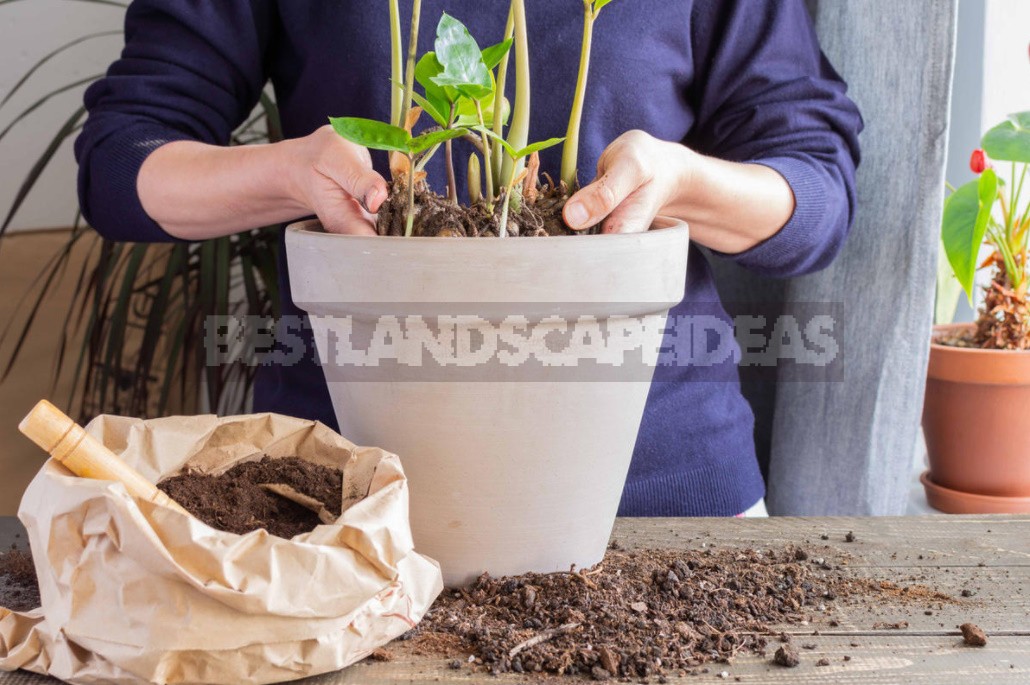
- When transplanting the tubers do not need to be much deeper into the ground, they should be slightly visible on the surface. I transplanted my Zamioculcas in the spring, using nutritious soil. For young plants, I took one part of turf, leaf, peat land and one part of sand. You can add a little rotted humus earth. Old specimens should be transplanted every two years in the spring.
- The pot for Zamioculcas should be proportionate to the root system. Good drainage is required.

- Zamioculcas propagates both by seed and vegetatively. For vegetative reproduction, you can use all parts of the plant. The simplest option is to divide the adult plant.
- Zamioculcas rarely gets sick and is affected by pests. This is a very hardy plant, but it can also be ruined by inept care. The biggest mistake is excessive watering. In this case, the roots begin to rot. If such a disaster has occurred, the plant must be removed from the pot, separate the rotted parts, and the remaining part sprinkled with crushed coal, dried and transplanted into new soil, henceforth watering the flower very moderately.
Important! Zamioculcas is a poisonous plant. Care must be taken when transplanting, pruning cuttings and leaves, and especially when dividing tubers. Do not allow Zamioculcas juice to get on the skin and mucous membranes — they cause a very strong burning sensation and require immediate, abundant washing with running water. Work only with gloves.
